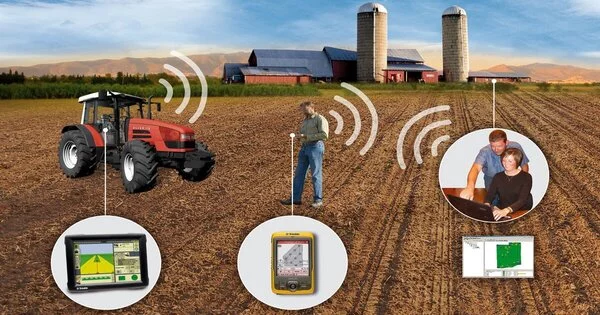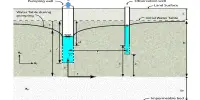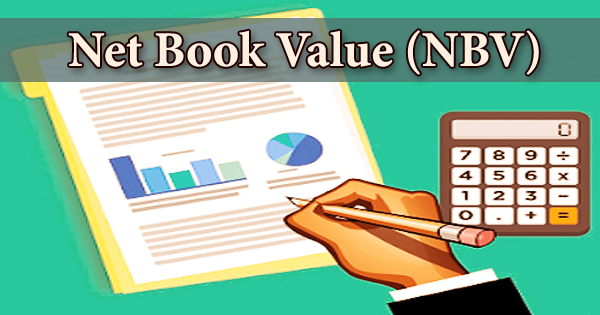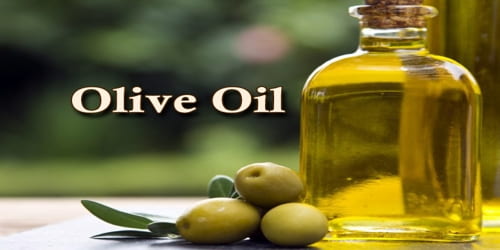Precision agriculture (PA) is a farming management strategy that focuses on observing, measuring, and responding to temporal and spatial variability in order to improve the sustainability of agricultural production. Precision farming is a sophisticated approach to managing agricultural practices that employs technology and data-driven methods to maximize the efficiency, productivity, and sustainability of farming operations.
Precision agriculture aims to help farmers make more informed and precise decisions about crop planting, irrigation, fertilization, pest control, and harvesting. It is used in crop production as well as livestock production. Precision agriculture frequently makes use of technologies to automate agricultural operations, improving diagnosis, decision-making, and performance.
The late 1980s saw the first conceptual work on PA and practical applications. Precision agriculture research aims to define a decision support system (DSS) for whole farm management with the goal of optimizing input returns while conserving resources. This is accomplished through the use of a variety of technologies such as GPS, sensors, drones, satellite imagery, and data analytics.
Key components and techniques involved in precision agriculture include:
- Global Positioning System (GPS): GPS technology is used to accurately determine the geographical coordinates of agricultural machinery and areas within a field. This information is used for mapping and tracking purposes.
- Remote Sensing: Satellite imagery and aerial drone data can provide farmers with detailed insights into crop health, moisture levels, and other important factors. This information helps farmers identify potential issues and take targeted actions.
- Variable Rate Technology (VRT): VRT involves adjusting the application rates of inputs such as fertilizers, pesticides, and irrigation water based on the specific needs of different areas within a field. This optimizes resource usage and reduces waste.
- Sensor Technology: Various types of sensors can monitor soil moisture, nutrient levels, temperature, humidity, and other environmental factors. This data allows farmers to make real-time decisions about irrigation and fertilization.
- Data Analytics: Advanced data analytics tools process the data collected from various sources to generate actionable insights. Farmers can use this information to make informed decisions about crop management strategies.
Tractors and other agricultural equipment can be equipped with GPS guidance systems, allowing for precise planting, harvesting, and other operations. This reduces overlap and improves efficiency.
Benefits of precision agriculture include:
- Increased Yield: By optimizing resource usage, farmers can achieve higher crop yields and improved quality of produce.
- Cost Savings: Reduced usage of inputs like fertilizers and pesticides leads to cost savings and minimizes environmental impact.
- Environmental Sustainability: Precision agriculture helps reduce the environmental impact of farming through targeted resource application, minimizing runoff and soil erosion.
- Efficient Resource Management: By applying inputs only where and when they are needed, resources like water and fertilizers are used more efficiently.
- Data-Driven Decision Making: Farmers can make more informed decisions by analyzing real-time data, resulting in better crop management strategies.
Precision agriculture is a dynamic and rapidly evolving field that is constantly incorporating new technologies and methodologies to improve agricultural practices. A phytogeomorphological approach, for example, ties multi-year crop growth stability/characteristics to topological terrain attributes. The phytogeomorphological approach is appealing because the geomorphology component typically dictates the hydrology of the farm field.
















